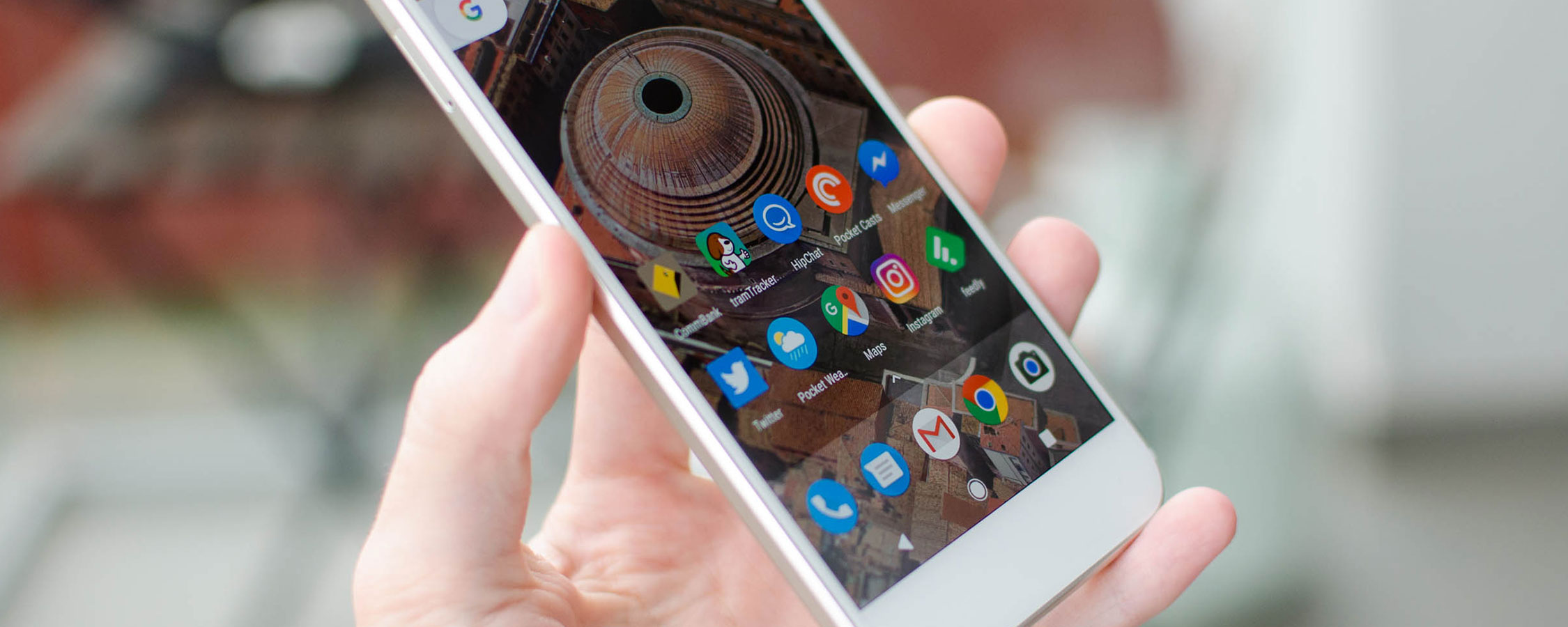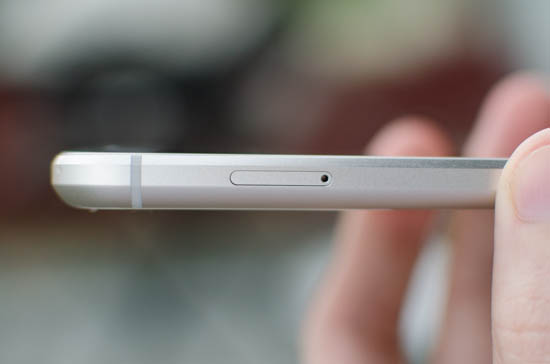Nexus is dead, and Pixel is here to replace it. It's the biggest shift in Google's homegrown smartphone strategy since the first Nexus launch in 2010. Google executives have assured this will be one to remember, and the company has begun an advertising campaign bigger than anything they've done previously for a hardware product. So what's the big deal?
Pixel is the first time Google is challenging the smartphone market with a product of their own. The Nexus line was always positioned as a niche / price-conscious alternative for developers and enthusiasts, designed to show off the latest features of Android; Pixel, on the other hand, is a full blown consumer product with unique features and a top-end price tag to match. Google wants Pixel to compete with the Apple iPhones and Samsung Galaxies of the world, and they believe this is the hardware and software to do so.
The Pixel is available in two sizes: the 5.0-inch Pixel, and the 5.5-inch Pixel XL. There are slight differences in screen resolution and battery capacity between them, but the majority of the internal hardware is the same: Snapdragon 821 SoC, 4GB of RAM, a 12.3-megapixel rear camera, and either 32 or 128 GB of storage.
There are some significant differences to note here between the new Pixel and the old Nexus phones.
The most evident, you'll have to pay a premium price to get the Pixel ($649) or Pixel XL ($769), which is in stark contrast to Nexus products that launched at more attractive prices. Gone are the days of a $379 Nexus 5X or a $499 Nexus 6P.
Second, the Pixel comes with software features that are unique. Nexus devices simply packed stock Android – which was often seen as a big positive – but Google wants the Pixel to stand out, so they've included exclusive functionality like Google Assistant. Pixel phones also run Android 7.1, which is a version of Android so new that Google hasn't pushed it to Nexus devices just yet.
Google wants Pixel to compete with the Apple iPhones and Samsung Galaxies of the world, and they believe this is the hardware and software to do so.
Google sent a Pixel XL for us to review ahead of its launch on October 20, so my thoughts are based purely on the larger version of the phone. The Pixel is mostly the same phone, however I hope to have some thoughts on its performance and battery life in the coming weeks.
While Google doesn't explicitly advertise it, it's common knowledge that this phone was designed and manufactured in conjunction with HTC. I've long been a fan of HTC's all-metal designs, and along with Samsung and Apple I believe they can produce beautiful smartphones. The Pixel, however, doesn't live up to the standards I know HTC is capable of.
When I first saw leaked images of the Pixel and Pixel XL, I thought the phones looked pretty dull. However this didn't concern me because I had a similar experience with the Nexus 6P: the phone looked ugly in photos and renders, but was much nicer in the flesh. Unfortunately, I can't say the same for the Pixel XL.
Google has opted for a metal unibody similar to HTC flagships, however they've ruined it with a massive glass section that houses the camera and fingerprint sensor. Sure, the phone stands out from a crowd of metal-backed competitors - and Google wants the Pixel to stand out - but the glass area looks and feels ugly.
The design of the Pixel is just a little... weird.
On my "Very Silver" model, the best way to describe the glass area is this: it looks like someone has painted over the aluminium back with cheap white paint. Of course the glass section doesn't quite have the same properties as paint, as it reflects light and has a distinctly glossy texture, but the visual impact is similar.
The glass panel is a particularly odd choice because the aluminium unibody looks beautiful in other areas. Towards the base of the phone, the sleek body dominates, and even though there's a thick antenna line through the chassis, the minimalist design with well-crafted curves looks great. The edges, all four of which are part of the metal unibody, are comfortable and easy to grip.
Look closely and you might notice the Pixel XL is a slight wedge, with thickness ranging from 7mm at the base, to 9mm at the top. The phone isn't particularly slim or light, however I don't mind this when the build is solid and a large battery is included.
Looking at the Pixel XL's front panel, I like the use of "2.5D" Gorilla Glass 4, however the bezels around the display are massive. The Pixel XL is almost the same size as the iPhone 7 Plus, which is known for its ludicrous bezels, while the explosive Galaxy Note 7 crammed in a larger display into a smaller body.
The most notorious issue with the bezels is the chin below the display. This large area would be somewhat acceptable had Google opted for capacitive navigation buttons rather than their on-screen equivalents, or if the fingerprint sensor was on the front, but instead it's just a blank slab of glass. Both Pixel phones would look significantly better had HTC shrunk the bezels on all four sides, and the Pixel XL in particular would be easier to hold and operate with smaller size bezels.
The space above the display doesn't look great either. The sensor array is quite obvious on the white model, while lacking a notification LED, which is one of my favorite features of Android devices.
The Pixel XL features a decent selection of ports: USB 3.0 Type-C on the bottom for fast charging and fast data transfers (USB 3.0 is reasonably unique on phones); and a 3.5mm audio jack on the top. Guess what? You can charge the Pixel and listen to audio at the same time. The left side also features a small nano-SIM card tray, though there's no microSD card slot.
The clicky yet shallow power and volume buttons are found in a comfortable position on the right-hand edge. Along the bottom you'll also find two speaker grilles, although only the left is actually used for a speaker. This bottom firing speaker is loud and of acceptable quality, though with so much bezel space on the front I'd have preferred to see front-facing stereo speakers.
It's also important to note that the Pixel and Pixel XL are not water resistant, which is a present feature on both the Galaxy S7 and iPhone 7 lines. Would I have liked to see water resistance? Sure. Is it a killer feature that should be required on all smartphones? No. Unless you're planning to take underwater photos or like using a phone in the shower, you probably wouldn't use the water resistance features even if you had it.









